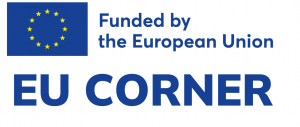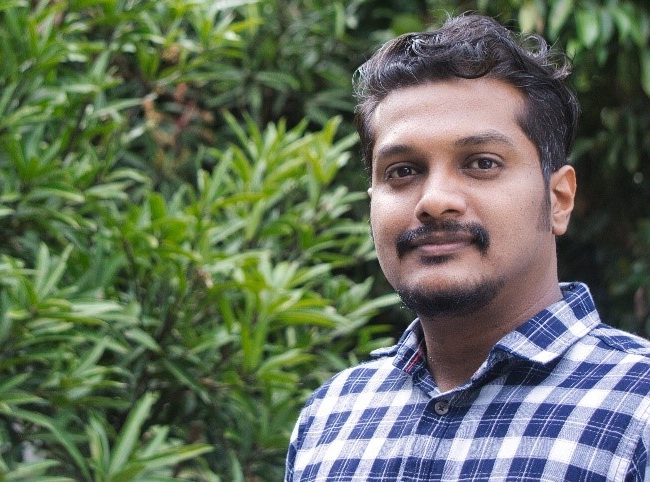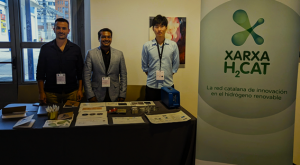Dr. Gopakumar obtained his master’s in engineering (M.Tech, Nanoscience and Technology) from Pondicherry Central University, India in 2013. During this period, he interned as a Swiss National Science Foundation (SNSF) project fellow at École Polytechnique Fédérale de Lausanne (EPFL), Switzerland under the supervision of Prof. Paul Dyson (Institute of Chemical Sciences and Engineering, ISIC) and Prof. Jürgen Brugger (Institute of Materials, IMX) where he researched on nanoimprint lithography and ionic liquids. Later, he joined the lab of Prof. Paul Dyson (Laboratory of Organometallic and Medicinal Chemistry, LCOM, ISIC) at EPFL as a PhD student until his graduation in 2018. Later, he joined the Department of Chemistry, University of Antwerp, Belgium as a full-time IOF (Industrieel Onderzoeksfonds) postdoctoral fellow (until 2022) under the supervision of Prof. Shoubhik Das. In Dec 2022, he joined the lab of Prof. Julio Lloret-Fillol at ICIQ. He continued in the same lab with the MSCA Individual fellowship for another project (HORIZON-MSCA-2022-PF-01-01, acronym – POMASAC, EU grant agreement: 101105451) in Dec 2023.

ERN 2024: Dr. Gopakumar at the EU Corner
We are pleased to announce that Dr. Gopakumar, an ICIQ MSCA fellow, will be featured in the #NitRecerCat 2024-2025 EU Corner and the ERN-ApuliaMED EU Corner. This initiative is part

